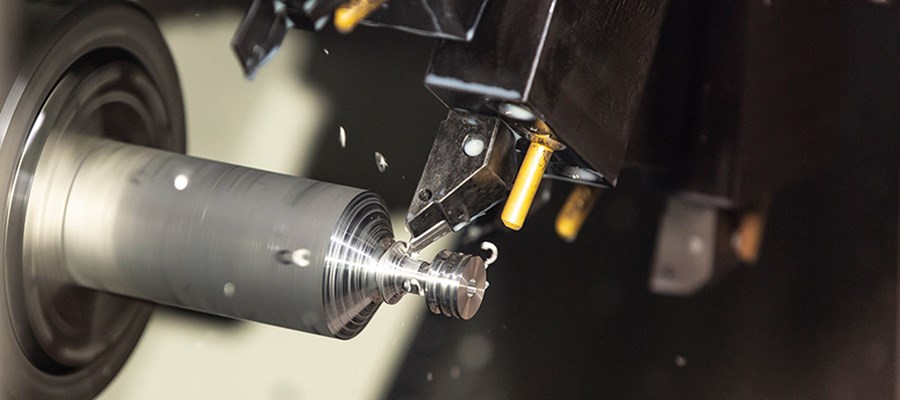
(7) The common problems of grinding are the clogging of the grinding wheel caused by sticky chips and the burn of the surface of the parts. Therefore, green silicon carbide grinding wheels with sharp abrasive grains, high hardness and good thermal conductivity should be used for grinding; F36-F80 can be used according to the different grinding wheel particle sizes of the surface to be processed; the hardness of the grinding wheel should be soft to reduce abrasive particles and debris Adhesion to reduce grinding heat; grinding feed should be small, speed is low, and emulsion is sufficient.
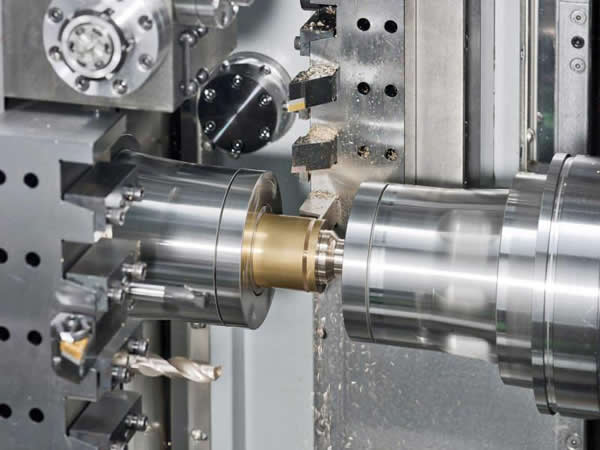
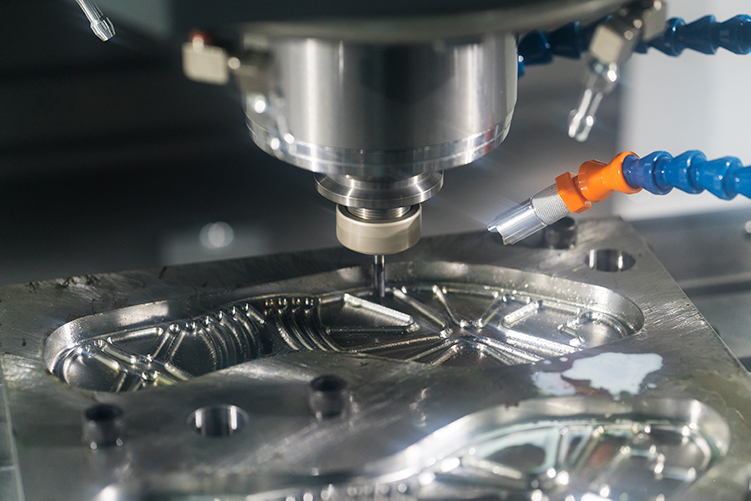
(8) When drilling titanium alloys, it is necessary to grind the standard drill bit to reduce the phenomenon of knife burning and drill bit breakage. Grinding method: appropriately increase the vertex angle, reduce the rake angle of the cutting part, increase the rear angle of the cutting part, and double the inverse taper of the cylindrical edge. The number of retractions should be increased during processing, the drill should not stay in the hole, the chips should be removed in time, and a sufficient amount of emulsion should be used for cooling. Pay attention to observe the dullness of the drill and remove the chips in time. Replace grinding.
(9) Titanium alloy reaming also needs to modify the standard reamer: the width of the reamer margin should be less than 0.15mm, and the cutting part and the calibration part should be arc-transitioned to avoid sharp points. When reaming holes, a group of reamers can be used for multiple reaming, and the diameter of the reamer is increased by less than 0.1mm each time. Reaming in this way can achieve higher finish requirements.
(10) Tapping is the most difficult part of titanium alloy processing. Due to excessive torque, the tap teeth will wear out quickly, and the rebound of the processed part can even break the tap in the hole. When selecting ordinary taps for processing, the number of teeth should be appropriately reduced according to the diameter to increase the chip space. After leaving a 0.15mm wide margin on the calibration teeth, the clearance angle should be increased to about 30°, and 1/2~1 /3 tooth back, the calibration tooth is retained for 3 buckles and then increases the number of inverse tapers. It is recommended to choose a skip tap, which can effectively reduce the contact area between the tool and the workpiece, and the processing effect is also better.
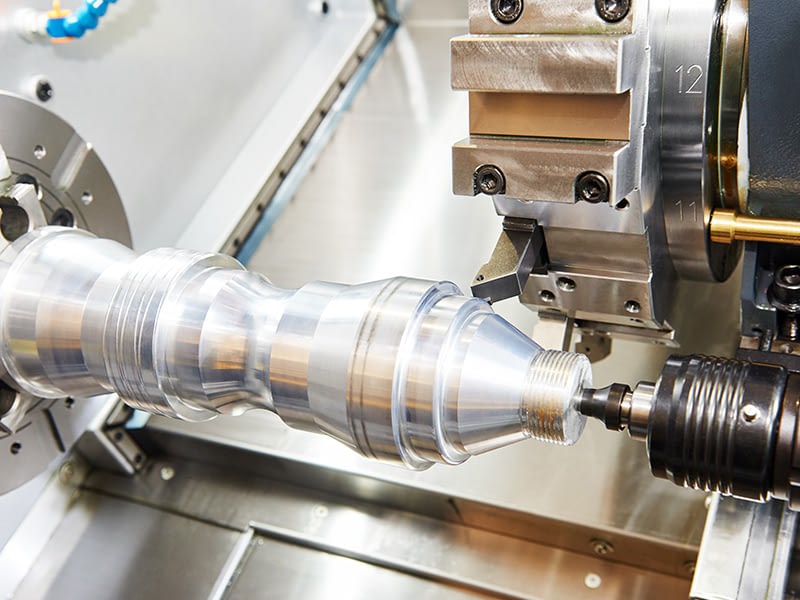
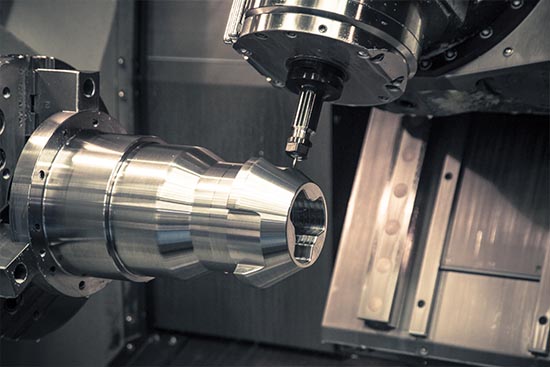
CNC Machining of the Titanium Alloy is very difficult.
The specific strength of titanium alloy products is very high among metal structural materials. Its strength is comparable to that of steel, but its weight is only 57% of that of steel. In addition, titanium alloys have the characteristics of small specific gravity, high thermal strength, good thermal stability and corrosion resistance, but titanium alloy materials are difficult to cut and have low processing efficiency. Therefore, how to overcome the difficulty and low efficiency of titanium alloy processing has always been an urgent problem to be solved.
Post time: Feb-21-2022
